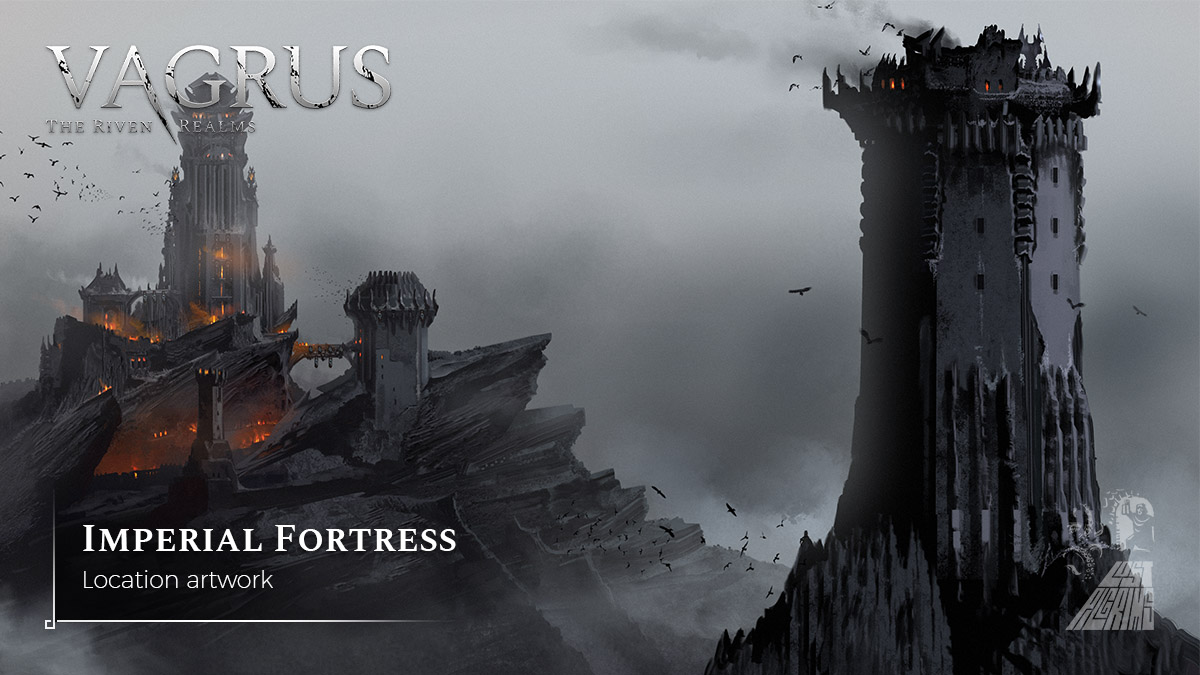
'You can say a lot of nastiness about the Imperials but one thing is for sure: they know how to build stuff. Take Fort Larius, for instance. They constructed it over seven hundred years ago. It survived the war against the Dragons and the Orcish invasion! The fools abandoned it and the ages gnawed at its walls and turrets incessantly until it became a hollow ruin. And yet, the towers and walls still stand, only awaiting someone to occupy the place and make use of it.'

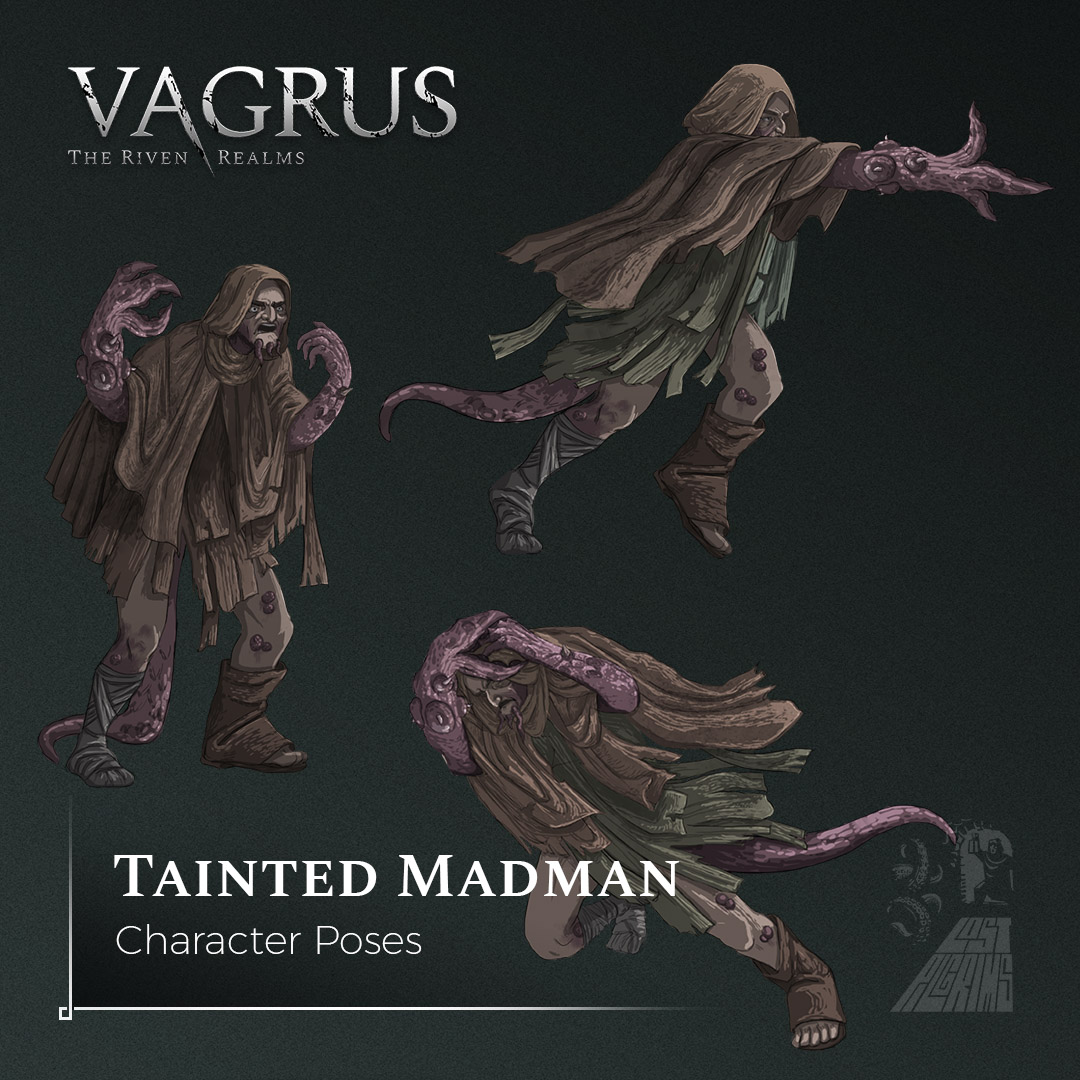 As the name suggests, Tainted Madmen are unfortunate souls driven insane by the arcane disease called the Taint. Even if it does not directly erode their minds, the more extremely mutated of these forsaken are cast out by family and society, which is often enough to start them down a path of madness and desperation.
As the name suggests, Tainted Madmen are unfortunate souls driven insane by the arcane disease called the Taint. Even if it does not directly erode their minds, the more extremely mutated of these forsaken are cast out by family and society, which is often enough to start them down a path of madness and desperation.
As enemies in the game, Tainted Madmen are often encountered all around the central regions of the Empire. Living in city gutters, sewers, or caves in the wilderness, they often emerge to waylay passersby.

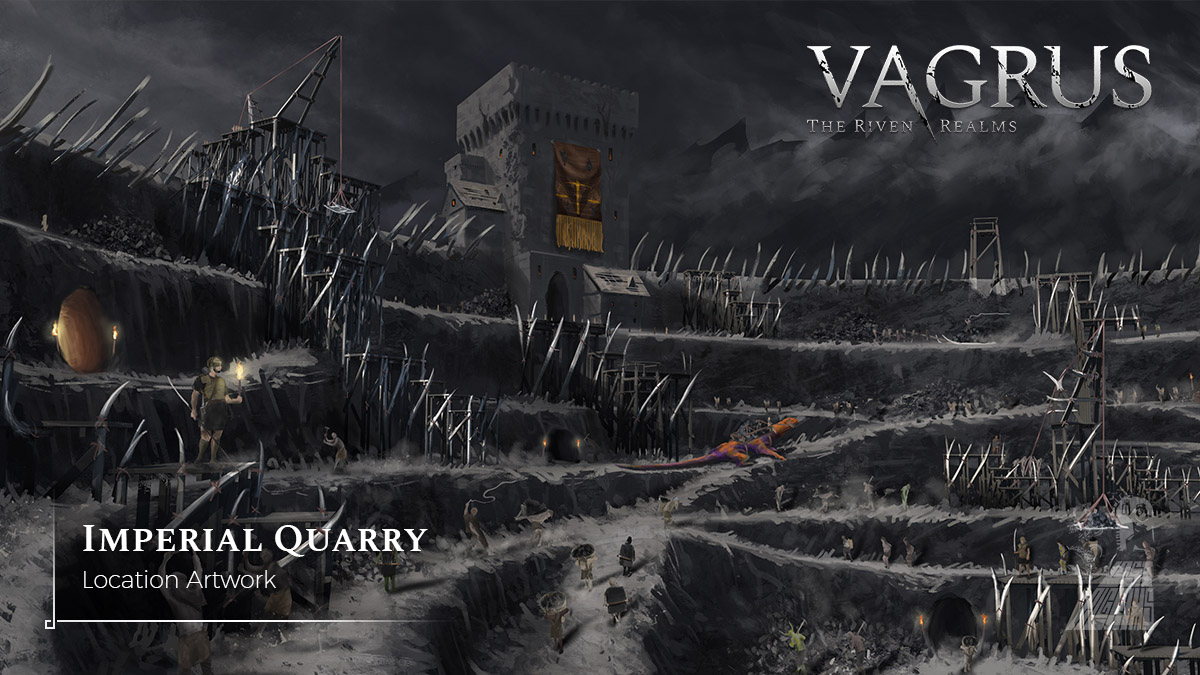
There are many quarries in the middle regions of the Empire, which consists of territories relatively rich in useful resources: stone, marble, crystal, and obsidian. Three of the sites stand out and will be locations in the game:
The Acherus Quarry is the largest and oldest one in the whole region. It was established before the Orc Wars when the armies of the Empire were in dire need of obsidian for the war effort. Since then, Acherus has run dry and only provides little of the black, glassy material every year. It is overseen by House Darius.

Just in a few days from launching the public phase of our campaign we have passed two additional milestones: Scouting and Trade Systems.
Thank you so much to all our Backers and supporters on social media! This would not have been possible without you!
So, let's take count of where we are and what comes next.

#fig #projectupdate #development #team #crewcombat #milestone #crowdfunding

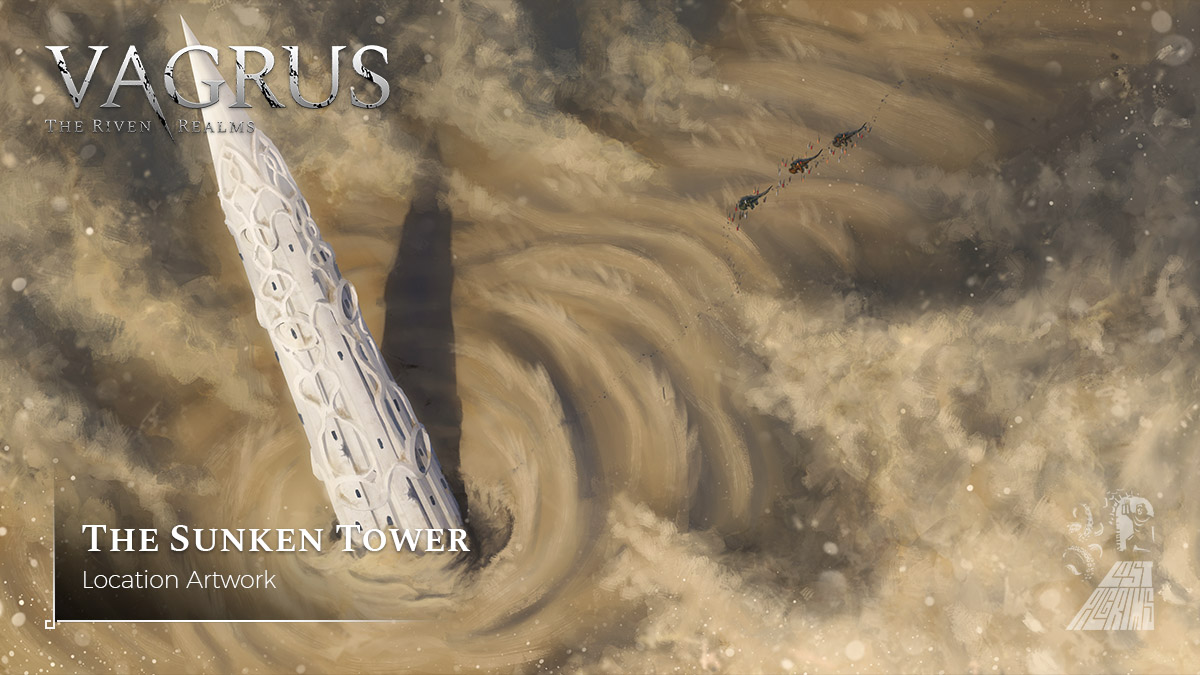
'They say that the tower was so tall that its pinnacle scraped the heavens. These days, though, only about two hundred feet of stained marble poke out from under the endless dunes of Arenas Vorax. What happened to the rest of the tower? Heh. They say that you can enter through a window and go down the steps, deeper and deeper under the sands, deeper and deeper until you reach the other side of the world. They also say that things lurk down there and skitter endlessly in the black abyss. But they say many things...'

The soundtrack of Vagrus is of key importance in conveying the powerful atmosphere of the setting. Be it foreboding or hauntingly beautiful, the score by George Olah captures the essence of the ravaged world of the Riven Realms perfectly. Even more importantly, the majority of fans and influencers have told us that one of the most important parts of the Vagrus experience for them was the music.

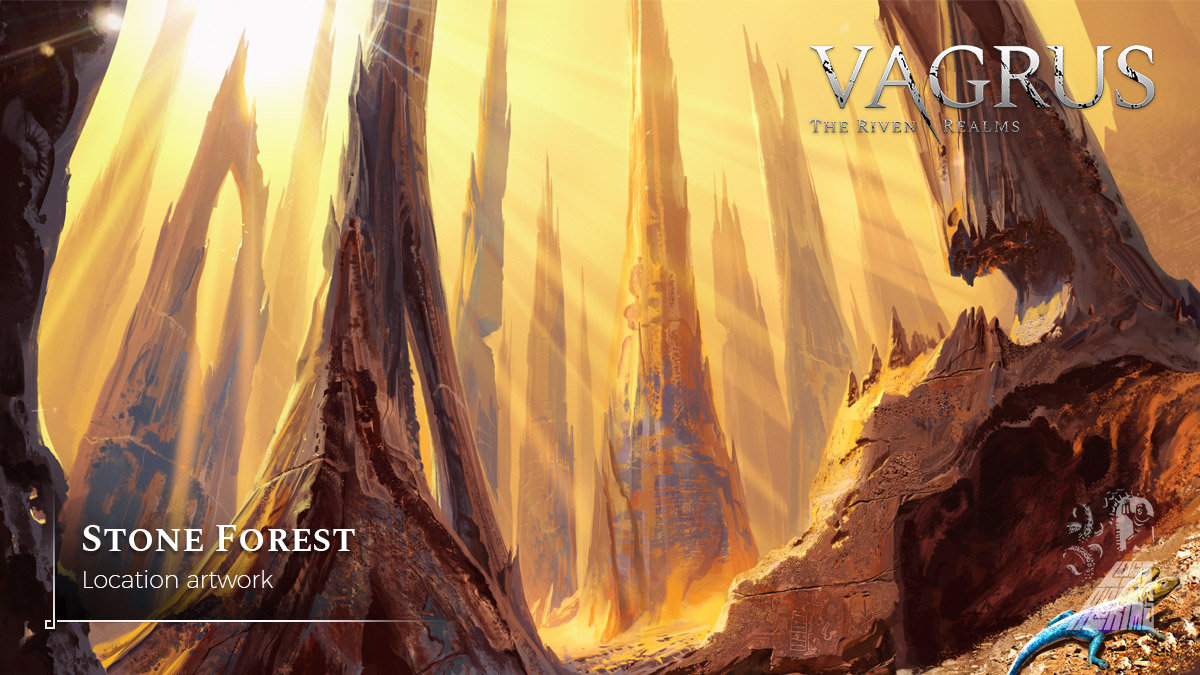
Stone forests are comprised of thousands upon thousands of standing, pointed stone spires or pillars of varying heights and girth. Carved by arcane winds initially, and further chipped by the unceasing gales ever since the post-Calamity wastelands were formed, these forests are now mazes of rocks and gullies where one can easily get lost. Occasionally, a 'stone tree' falls when there's movement about, which makes navigating these labyrinths even riskier.

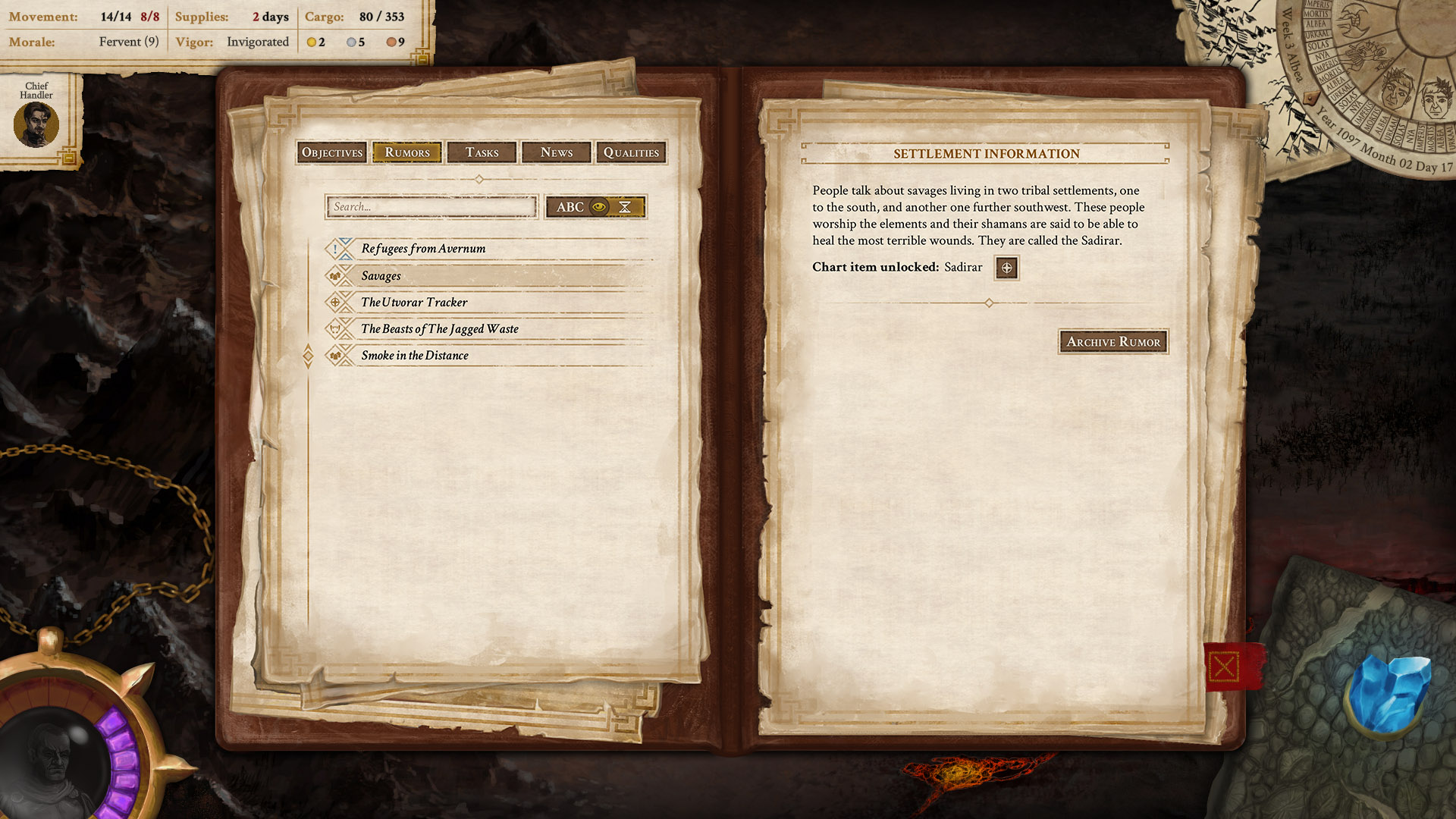
Another crucial game mechanic that is being added to Vagrus as we are writing this is a system of Rumors. Rumors are short entries in your Journal that are meant to guide players to content and unlock locations on their Chart in order to help them plan journeys and find places. We have come to the conclusion during playtesting that not only do we need to differentiate these Rumor entries from your Objectives in the Journal but we also need to separate them entirely and move them to a different pane. As evident from this, Rumors have undergone quite a lot of change since their original conception.

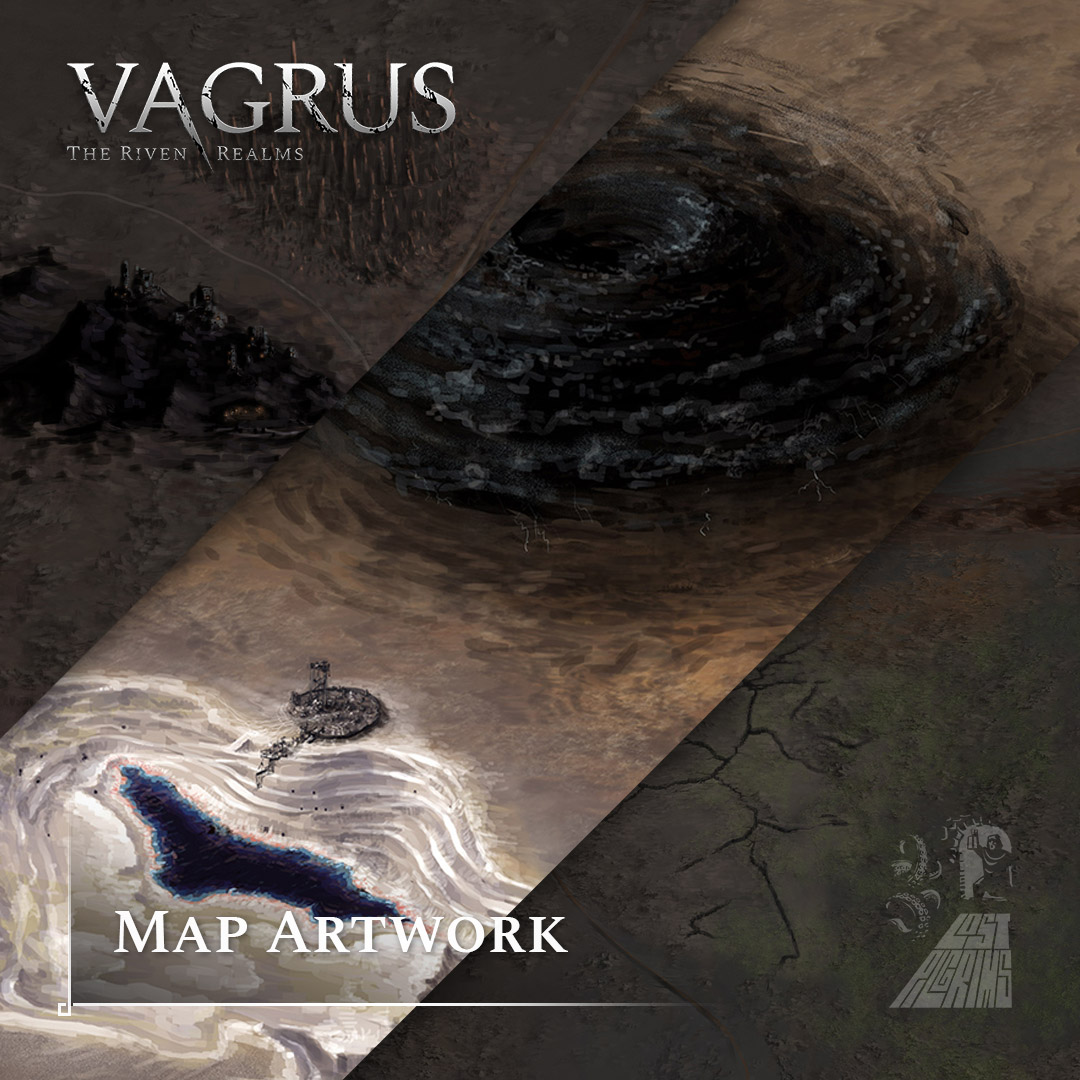
The images above are from one of the starting regions of the main game, shedding some light on parts of the huge campaign map the player can traverse in Vagrus.
We can already hear you ask: 'But guys... why don't you show off the whole map?'

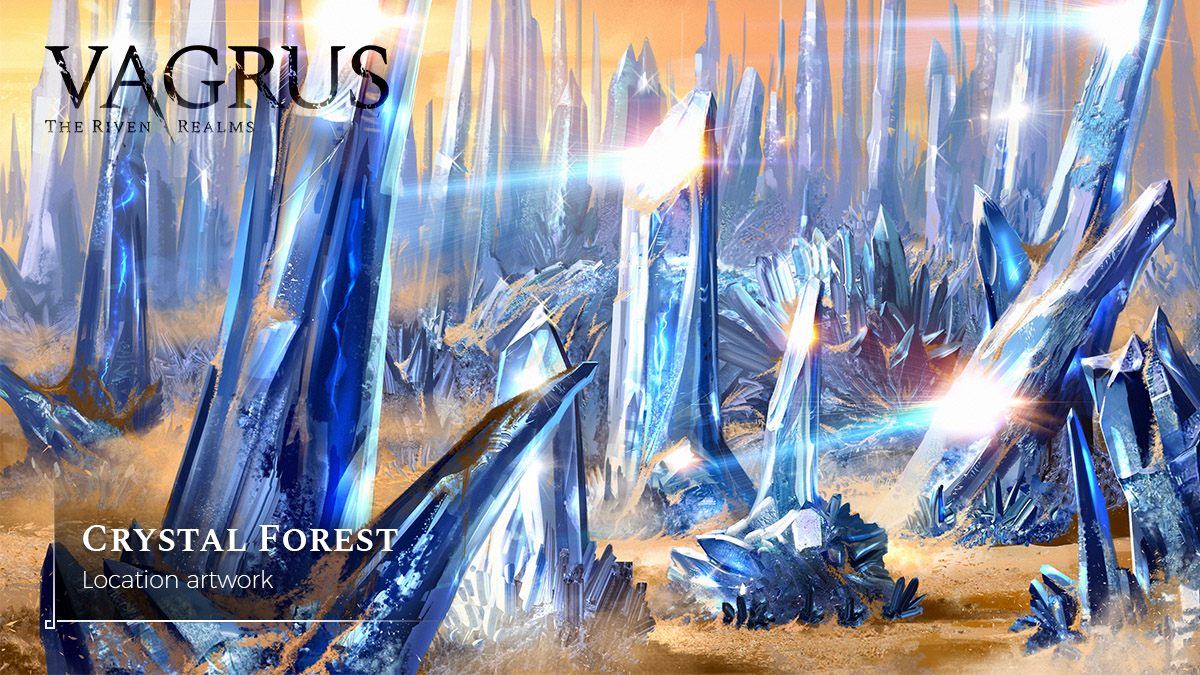
The Imperial word calerus has come to describe the many crystal forests that now dot the continent of Xeryn. The vast majority of these forests can be found in the east, in the province of Sargot Kala but some have grown in the central region of the Empire. Some caleri can be visited in the game, such as Loom, or the twin caleri simply called North Calerus and South Calerus.
